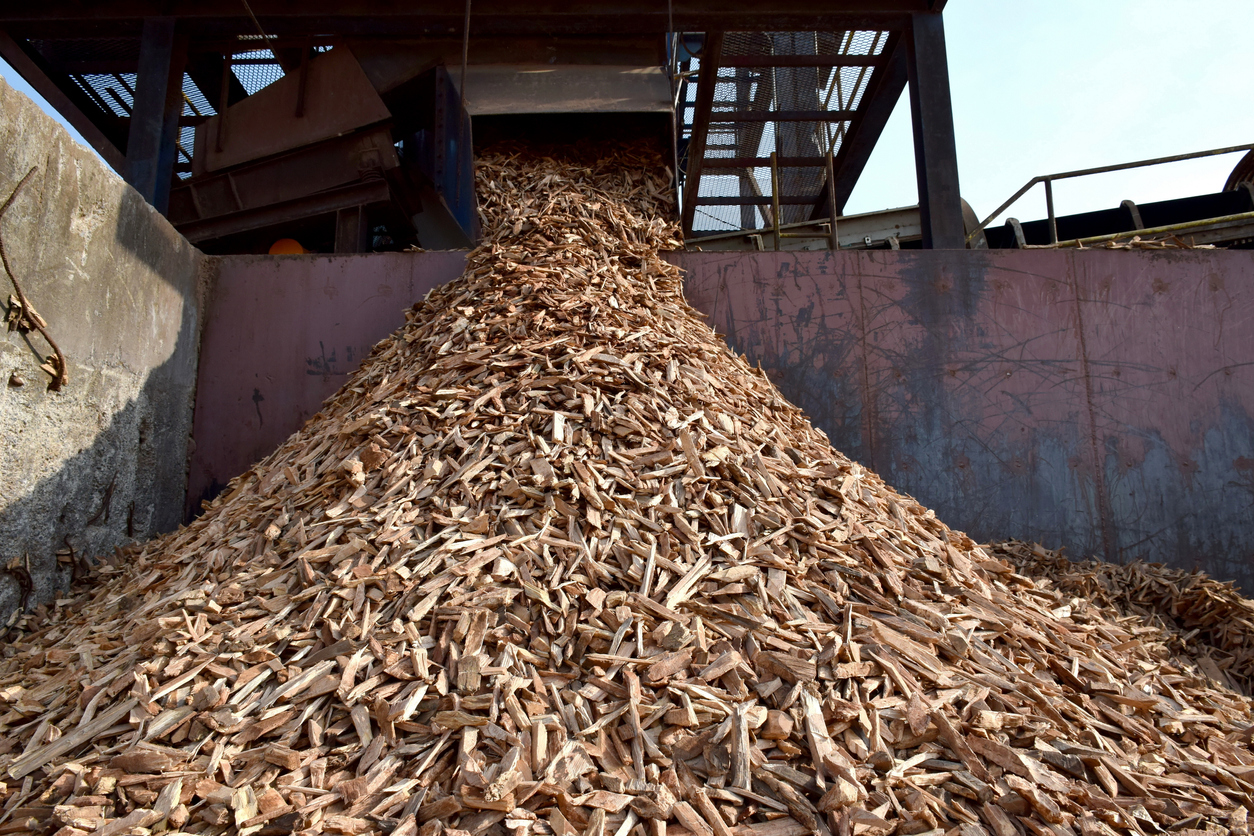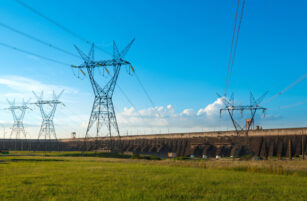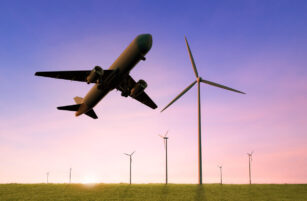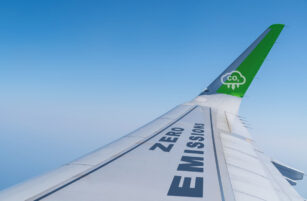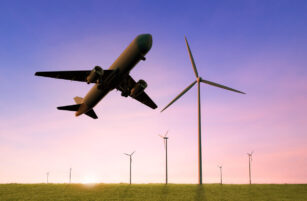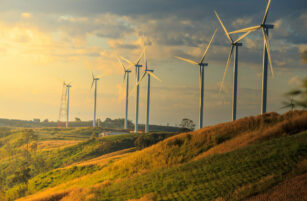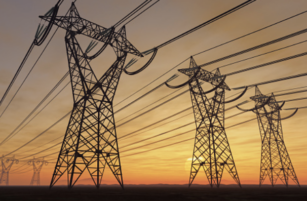Insight Focus
- Thailand is emerging as a major biomass supplier.
- Carbon prices and taxes are becoming more widespread.
- Thai biomass can help Asia decarbonize.
Why Biomass?
Thailand is becoming a major biomass supplier and user.
It therefore should benefit from the growth of carbon taxation and emissions trading in Asia. 80% of all human carbon dioxide emissions come from burning fossil fuels. Governments around the world are making commitments to reduce greenhouse gas emissions this century; carbon taxes are one of the ways they will achieve this.
In Europe, carbon dioxide emissions cost around EUR 90 per tonne under the Emissions Trading Scheme. Countries in Asia are also catching up.
Singapore has a cap-and-trade scheme for carbon dioxide emissions, which is applied to all facilities above 25k tonnes of carbon dioxide equivalent. The price today is SGD 5 per tonne of carbon dioxide, rising to SGD 50-80 per tonne by 2050.
Indonesia has recently launched a new emissions trading scheme for the power sector. At first this covers large coal-fired power plants, but smaller plants and oil or gas plants will be included in future phases.
We’ve also previously written about Thailand’s voluntary emissions trading scheme, T-VER. It’s also launched a carbon credit exchange.
Thailand’s biomass sector therefore should benefit as increasing greenhouse gas emitters in Asia begin to pay for their emissions and think further about decarbonizing.
Biomass Availability in Thailand
Biomass is organic material derived from plants or animals which can be burned from energy. Wood, plant fibre, agricultural waste, animal manure and industrial waste can all be used as sources of biomass. It’s a renewable resource which also has lower greenhouse gas emissions across its lifecycle as the plants originally used carbon dioxide for photosynthesis while growing. This means their emissions are not taxed, giving biomass an advantage over fossil fuels subject to carbon taxation or emissions trading schemes. Biomass can be used in place of coal for electricity, heat and steam generation.
Biomass quality can range in quality through the year. During the rainy season, biomass moisture content can increase, reducing its suitability for combustion. Biomass is therefore often dried and pelletised before it’s used. This increases its energy intensity and therefore boiler efficiency. It also allows for cheaper export and longer life span. In Thailand, wood and bagasse pellets dominate the market.

Thailand offers a range of biomass types including wood pellets, wood chips, sawdust, bagasse, cane leaf, and palm kernel shell.
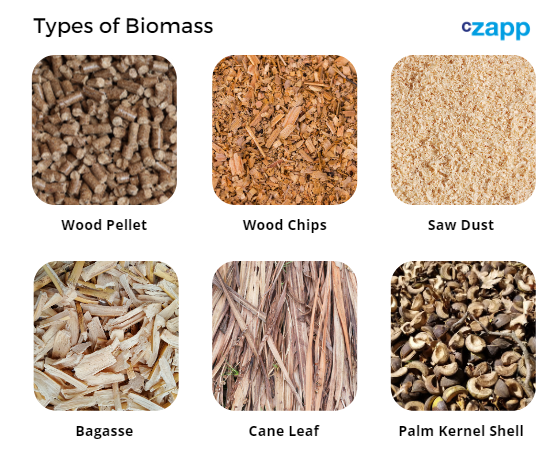
Sugar cane bagasse pellets may become more widely available in the coming months. The current Power Purchase Agreement between the sugar mills and local power companies expires shortly, and mills are now assessing whether to upgrade their bagasse supply to pellets.

Thailand already exports significant quantities of wood pellets. The world needs to produce fewer greenhouse gases and Asian governments are increasingly looking at ways to price carbon. Thai biomass can help the region decarbonize.
